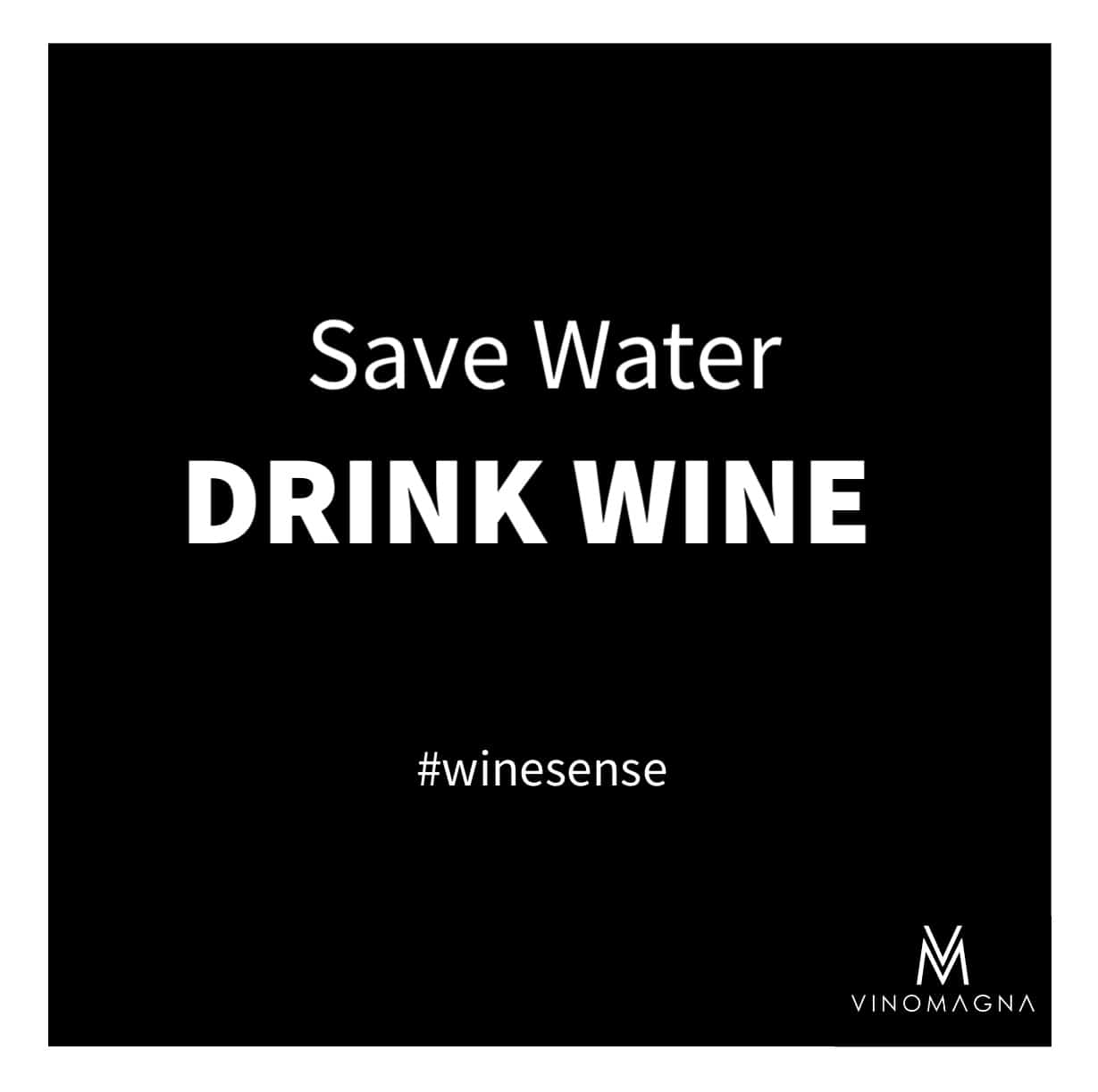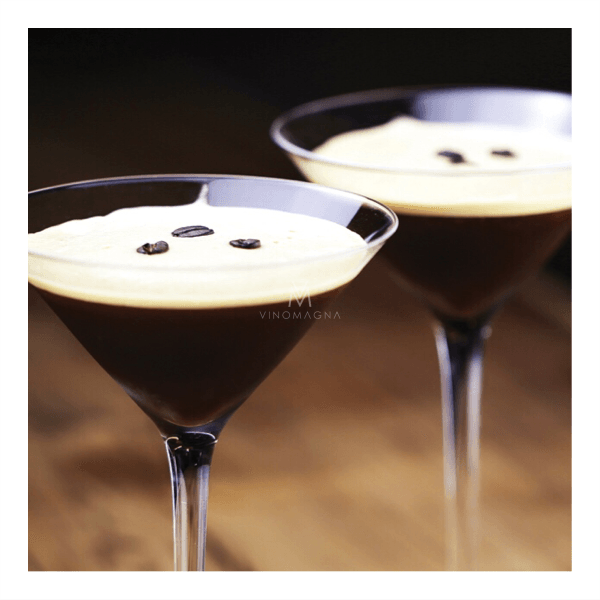86-90 Paul St, London EC2A 4NE
Wine Cellar Climate Control – Is Your Wine Safe In Winter?
So, Spring has finally arrived and we’ve been hit with worse weather than in winter, experiencing snow storms and cold icy mornings
While the UK is not one of the worlds biggest wine producers how does the recent bad weather and frosty mornings we’ve been experiencing effect vineyards globally? Does this affect how to store wine?
Let’s talk about the process of winemaking and how Wine Cellar Climate Control systems are affected by adverse weather.
How the bad weather effects vineyards?
Bud Break. In a wine enthusiasts opinion, this may be one of the most exciting times of the year. Why? Because this is when you can see all of your crops and calculate the yield for that year. What is bud break you may be asking? Bud break to put it simply is when the grapes start their lifecycle. The buds on the vine start growing and eventually from the buds, leaves start growing. We all remember Secondary school biology and the lessons on photosynthesis. Yep, you guessed it.. these little leaves are able to use the light from the sun to really kickstart the growth of the grapes.
Your wine and the weather
Bud break occurs at different times of the year depending on the hemisphere. The northern hemisphere process begins around March, and September for the earth’s southern counterpart. However, a majority of wine producers face the same unpredictable variable. Bad weather. Heavy rain, hailstones, fierce winds and the bitter adversary that is snow are all moods of the weather that can seriously hinder growth and production. However, the most violent of natures tricks is the frost. Once the buds have matured a little and have sprouted green tissue, frost occurs at around 0°C. Frost is such a big problem, as once the buds have grown they will tend to sprout two to four rosettes of leaves. Once these leaves have grown, the clusters of grapes will grow – which will ultimately become the year’s by-product.
Wine cultivation and FROST
Frost is the most feared of the cold weather family due to the fact it has the ability to obliterate entire vineyards overnight. Frost damage occurs in all regions ranging from Europe to the US and also South America. So to state the obvious, colder regions are more susceptible to frost and the other bad weather conditions, but warmer wine growing regions such as western France (Bordeaux to be precise!) tend to get hit harder when the cold weather does arrive. Frost cannot be prevented, there is no switch to turn it off, so what are the solutions to ensure whole vineyards don’t perish overnight? Of course, these solutions vary depending on the level of the grower I.e. a small-time garden grower, to a mass producing vendor with acres of vineyard.
Location, Location, Location
Radiational cooling is the catalyst for frost. When you have cloudless days heat is able to penetrate the earth’s atmosphere with ease. However, when the night comes, the heat escapes much quicker than it arrives, so the ground temperatures drop rapidly causing the frost to set. A quick fix for this would be to avoid growing crops in low spots or valleys where the cold air is easily trapped.
Vitis variety
All varieties of Wine are different naturally. Just as there are hundreds of breeds of dogs, wine also has multiple species. All of these species have different characteristics and predispositions. The speed at which the buds grow is a vital factor in the chance of life. The quicker the bud can grow, the less chance it has of being destroyed. Whereas if a bud takes a long time to grow, this allows more time for weather and other factors to harm the crop. You can, however, protect yourself against losing yield if you check the time of bud break from the supplier you purchased the crops from.
Safeguarding from Frost
Methods to protect from the frost may work until the unpredictable weather rolls in unannounced and threatens your product. At this moment, last-ditch measures can be undertaken to prevent any further harm being done. Unorthodox countermeasures that originated in France such and filling barrels up and setting them alight. While this method may be effective, due to regulations and restrictions this may land you in trouble with the local authorities. Industrial-sized fans are used to prevent the cold air from setting overnight, which is a much more reasonable solution and won’t get you into any predicaments. The most complex but equally effective method involves using a network of sprinklers to freeze the grapes overnight. Yes, you read correctly, FREEZE! As water freezes, it releases surpassed heat. This is an exothermic reaction, which means heat is released, and this tiny amount of heat allows the grapes to survive the frost.
Wine storage solutions & Wine Cellar Climate Control
After enduring the elements, the maturing process of wine is heavily dependent on how the wine is later stored. As a wine collector, it is important that you have the correct wine storage solutions. Your bespoke wine cellar cooling system may need adjustments made to its outdoor unit during the extremely cold, bad weather. Low temperatures create low operational pressures if your system does not have a fan speed controller installed. In low temperatures, the fan may not need to run at all, but definitely at a low speed. When the fan runs too fast it causes “over condensing”, dropping the gas pressures and reducing the amount of heat that the internal coil can remove from the wine cellar. In turn, the indoor evaporator can also ice up, further adding to the low-pressure issue. Furthermore, this will eventually result in the system cut out via the low-pressure switch.
Wine Cellar Climate Control in Winter and Storage Temperatures
Maintaining wine temperatures is critical to its shelf life! Wine Cellar Climate Control is the most important part of this. Wine storage temperatures vary between 5-15c on average. A white wine cellar is generally cooler than it’s red counterpart and is less of a long-term stored product. When wine temperatures fluctuate in a home wine cellar it affects the pressure within the bottle. The constant pressure and temperature change in dry conditions will result in the corks weeping wine. This can be seen in older bottles of wine stored for years, within inadequate wine cellar cooling environments.
Contact us today for the best bespoke wine cellar climate control solutions in London here.
The post Wine Cellar Climate Control – Is Your Wine Safe In Winter? appeared first on Vinomagna.



